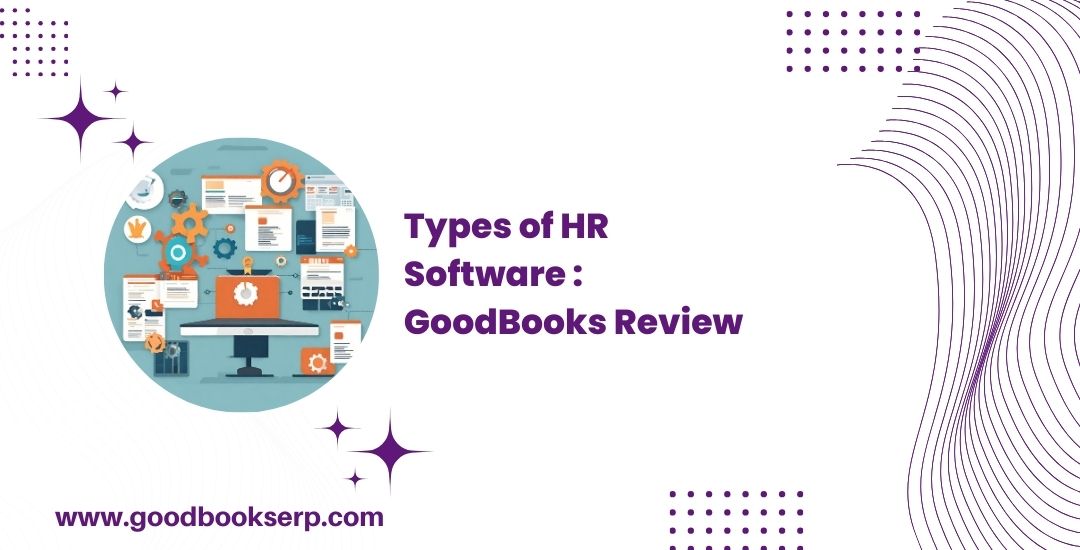In today’s business world, Human Resources (HR) is changing fast, thanks to advanced HR software. These tools make HR processes easier, reduce paperwork, and boost efficiency in organizations.
Types of HR Software - Simple Review
1.HRIS (Human Resource Information System)
Leading the way in HR technology is HRIS, a comprehensive system designed to effectively organize and manage employee data. Its versatile functionalities span various HR processes, including:
Simplifying Onboarding
Streamlining the onboarding journey through automated data entry and seamless record updates.
Optimizing Recruitment Processes:
Leveraging Applicant Tracking Systems (ATS) to streamline candidate management and hiring workflows.
Automating Time and Attendance:
Ensuring accurate time tracking for compliant timesheets and adherence to labor regulations.
Facilitating Payroll Management:
Integrating with timekeeping systems and accounting software for error-free payroll processing.
Empowering Employee Self-Service:
Enabling employees to manage personal information and access HR resources autonomously.
Providing Performance Insights:
Offering valuable analytics and performance metrics to drive informed decision-making.
These functionalities position HRIS as a foundational tool for organizations seeking to streamline HR processes and enhance employee engagement.
2. HCM (Human Capital Management)
Building upon HRIS capabilities, Human Capital Management (HCM) solutions offer a holistic approach to workforce management. Key features include:
Streamlining Talent Acquisition:
Simplifying recruitment processes and fostering seamless onboarding experiences for new hires.
Enhancing Employee Management:
Providing tools for time tracking, performance monitoring, and feedback to drive productivity.
Fostering Organizational Culture:
Promoting company values, diversity, and inclusion initiatives to create a positive work environment.
Supporting Career Development:
Offering personalized learning opportunities and succession planning to nurture employee growth.
Driving Workforce Efficiency:
Utilizing data analytics to forecast staffing needs and optimize workforce productivity.
HCM solutions go beyond traditional HR functions, focusing on comprehensive talent management strategies to drive organizational success and employee satisfaction.
3. HRMS (Human Resource Management System)
Representing the pinnacle of HR software sophistication, Human Resource Management Systems (HRMS) combine the functionalities of HRIS and HCM with advanced administrative capabilities. Key features include:
Efficient Time and Labor Management:
Automating time tracking, scheduling, and labor compliance for streamlined workforce management.
Accurate Payroll Processing:
Generating precise payroll calculations and ensuring compliance with tax regulations.
Insightful Productivity Analysis:
Providing in-depth analytics and reporting tools to monitor HR metrics and make data-driven decisions.
Ensuring Regulatory Compliance:
Adhering to labor laws, regulatory requirements, and company policies through automated alerts and audits.
Robust Security and Scalability:
Offering secure data management and scalability options to support organizational growth.
HRMS solutions provide a comprehensive suite of tools for organizations seeking to optimize HR operations and drive strategic decision-making.
Choosing the Right HR Software: Factors to Consider
Selecting the right HR software requires careful consideration of various factors, including:
- Business Requirements: Assessing specific organizational needs across recruitment, employee management, compliance, and analytics.
- Scalability: Evaluating solutions that can accommodate future growth and evolving business needs.
- User Experience: Prioritizing intuitive interfaces and employee self-service capabilities to enhance user adoption.
- Integration Capabilities: Ensuring seamless integration with existing HR systems, payroll software, and other business applications.
- Cost and ROI: Evaluating total cost of ownership, including implementation, training, and ongoing support, against expected return on investment.
In conclusion, HR software plays a pivotal role in modernizing HR functions, driving efficiency, and enhancing employee experience. By understanding the diverse offerings of HRIS, HCM, and HRMS, organizations can make informed decisions to meet their HR objectives and propel their business forward in the digital era.

